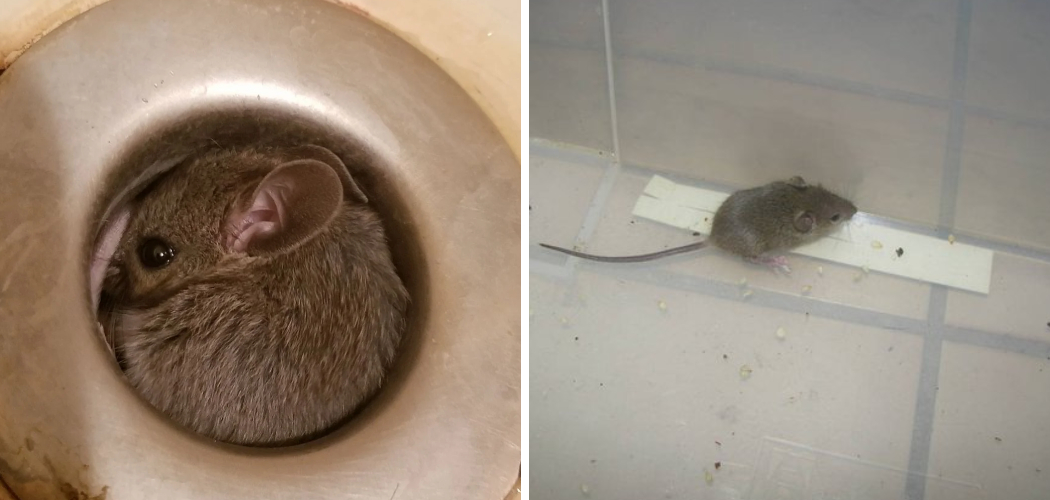Finding a mouse in your bathtub can be a startling and unpleasant surprise, but it’s a common issue many homeowners face. Understanding how a mouse managed to get in your bathtub is crucial for effective prevention and ensuring peace of mind.
Mice are incredibly resourceful creatures, capable of squeezing through tiny gaps, navigating complex plumbing systems, and even climbing vertical surfaces to reach their destination. This article explores the various entry points mice use to access homes, specifically bathtubs, providing a comprehensive guide on inspecting, sealing, and maintaining these areas.
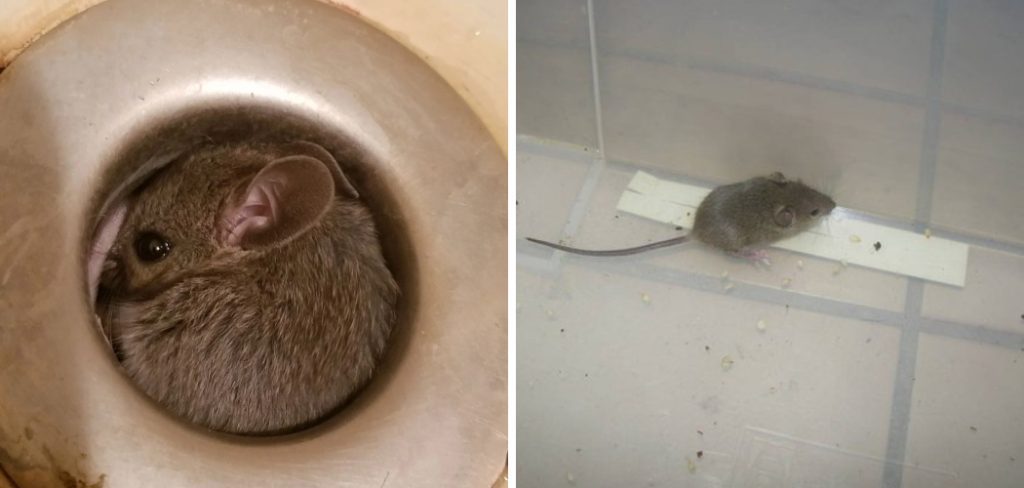
By delving into the behavior and abilities of mice, you will be better equipped to protect your home. We will also cover preventive measures and emphasize the importance of regular maintenance to keep your bathroom mouse-free. So, if you’ve ever wondered, “how did a mouse get in my bathtub,” this guide provides the solutions you need.
Common Entry Points for Mice
Gaps and Cracks in Walls and Floors
Mice are adept at exploiting even the tiniest of openings in your home’s walls and floors. Due to their small size and flexible bodies, they can squeeze through gaps as small as a quarter of an inch. These miniature intrusions often go unnoticed but serve as effective entry points for mice. Areas to scrutinize for such gaps and cracks include baseboards, which can often develop small, hidden fissures over time.
Additionally, utility entry points where cables and pipes enter your home are susceptible to small openings that mice can exploit. Inspecting these areas regularly and sealing any discovered gaps can significantly minimize the chances of mice finding their way into your home and, ultimately, your bathtub.
Plumbing and Drainage Systems
Another common access route for mice is through plumbing and drainage systems. Mice can navigate water-filled pipes and plumbing installations with remarkable ease, utilizing these pathways to journey from one part of the house to another. Bathrooms, with their dense network of pipes, drains, and other fixtures, present numerous potential access points for these pesky rodents.
Specifically, the drains in bathtubs and sinks and the area under the sink where pipes might not be tightly sealed are hotspots for mouse activity. Ensuring these areas are properly secured with mesh screens over drains and tightly sealed plumbing fixtures can help prevent mice from using these systems as their highway, effectively reducing the risk of finding a mouse in your bathtub.
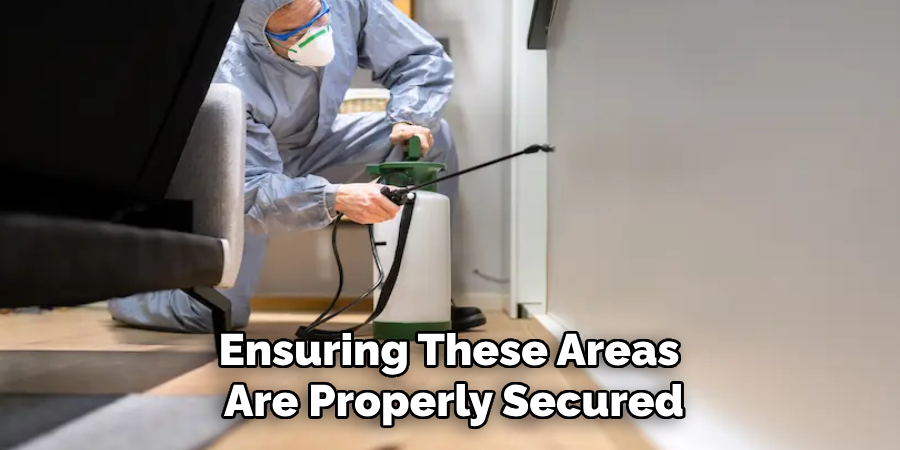
Understanding Mouse Behavior
Mice Seeking Food and Shelter
Mice enter homes primarily in search of food, water, and shelter. These resourceful creatures are constantly looking for easy access to sustenance and secure hiding spots to build their nests. Kitchens and pantries, with their ample food supplies, are particularly attractive to mice.
They can feast on crumbs, improperly stored food, and even pet food left out overnight. Water sources are equally important, making bathrooms and kitchens prime targets due to their consistent availability. Furthermore, cluttered areas such as basements, attics, and storage rooms provide ideal conditions for nesting and protection from predators.
To mitigate the risk of a mouse infestation, it is crucial to eliminate potential food sources by practicing proper food storage, keeping surfaces clean, and promptly fixing any leaks. Additionally, reducing clutter and sealing off potential nesting sites can make your home less appealing to mice, thereby minimizing the chances of an unwelcome encounter.
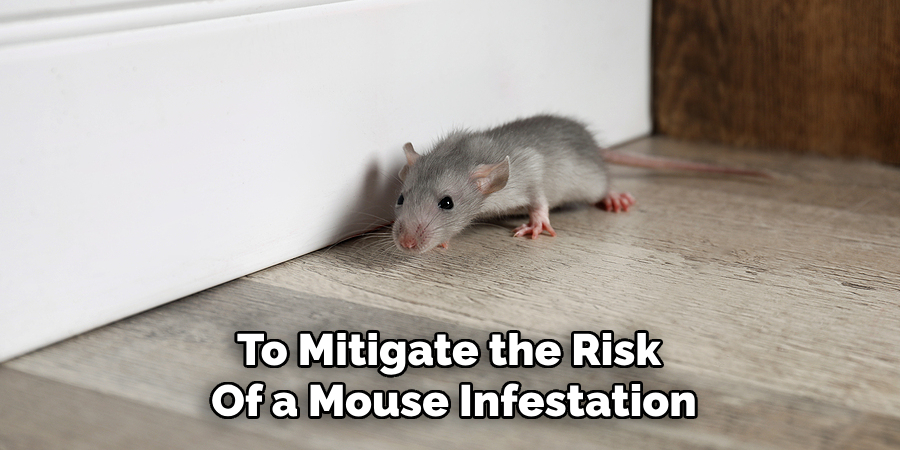
Mice Climbing Abilities
Mice are remarkably adept climbers, capable of scaling vertical surfaces with ease. Their sharp claws and agile bodies enable them to climb walls, pipes, and furniture. This impressive climbing ability allows them to reach elevated areas, including bathtubs. To propel themselves upwards, mice can grasp tiny imperfections in surfaces, such as textured walls or the grout between tiles. In the bathroom, they might climb along plumbing pipes, cabinetry, or even up the tub’s sides.
This behavior underscores the importance of thoroughly inspecting and sealing any vertical access points that a mouse could exploit. Ensuring that pipes are properly sealed and installing barriers around elevated areas can significantly reduce the likelihood of finding a mouse in your bathtub. By understanding and addressing their climbing tendencies, homeowners can take proactive steps to prevent mice from making themselves comfortable in hard-to-reach places.
How Did a Mouse Get in My Bathtub: Inspecting and Sealing Entry Points
Thorough Inspection of the Bathroom
Conducting a detailed bathroom inspection prevents mice from invading your space. Begin by methodically examining all areas where a mouse could potentially enter. Focus on the seams where the floor meets the walls, corners, and around baseboards, paying particular attention to hidden spots behind fixtures and under sinks. Use a flashlight to illuminate hard-to-reach areas and a mirror to view spaces behind pipes and furniture.
Document any potential entry points you discover, noting their location and size. This process ensures you don’t miss any hidden gaps during sealing. A methodical and organized approach to this inspection will lay the groundwork for effectively fortifying your bathroom against unwanted furry visitors.
Sealing Gaps and Cracks
Once you’ve identified potential entry points, it’s imperative to seal them properly to prevent re-entry. Various materials and techniques, including caulk, steel wool, and expanding foam, are effective for this purpose. For smaller gaps and cracks, caulk is an excellent choice, providing a solid and seamless barrier. Steel wool can be packed into larger openings, as its coarse texture deters mice from chewing through. Expanding foam is suitable for filling irregularly shaped or wide gaps, ensuring a thorough seal.
Ensure that your sealing efforts are consistent and thorough across all identified entry points. Even a tiny, missed crack can serve as a doorway for persistent mice. Regularly re-inspect these sealed areas to maintain their integrity over time, as wear and weather can compromise the barriers, necessitating touch-ups.
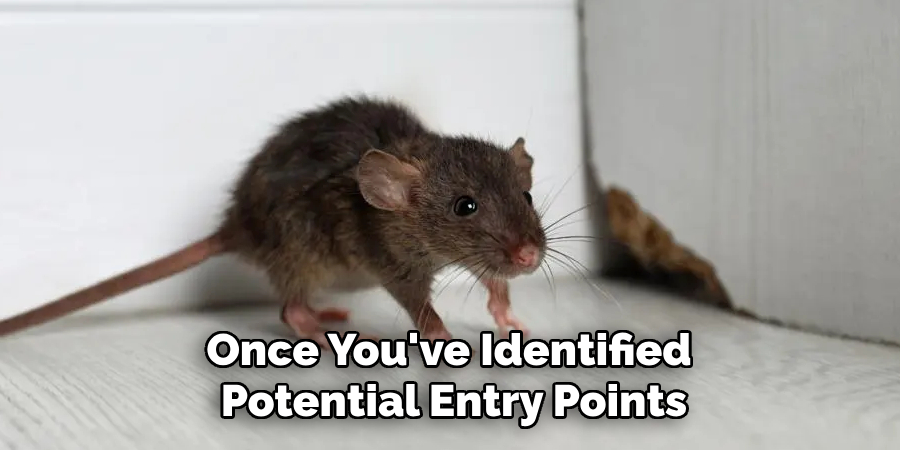
Securing Plumbing and Drainage
Plumbing and drainage systems are common access routes for mice, necessitating specific measures to secure these vulnerable points. Begin by installing mesh screens over all drains and vents. These screens act as a physical barrier, preventing mice from slipping through while still allowing water to flow freely. Ensure the mesh size is small enough to block entry but large enough not to obstruct the plumbing.
Next, ensure that all plumbing fixtures are securely sealed. Examine the areas under sinks, around pipe entries, and at joints for any gaps that need attention. Use caulk or expanding foam to close these gaps, and if possible, add a layer of steel wool for added security. By taking these steps, you create a virtually impenetrable defense around your plumbing and drainage systems, significantly reducing the risk of an unexpected mouse appearing in your bathroom.
How Did a Mouse Get in My Bathtub: Preventive Measures to Keep Mice Out
Maintaining Cleanliness and Reducing Clutter
Maintaining a clean and organized home is crucial in deterring mice from entering and settling. Regular cleaning routines should focus on eliminating food crumbs and potential nesting materials. Sweeping, vacuuming, and wiping down surfaces daily, particularly in high-risk areas like the kitchen and dining room, removes enticing food sources. Ensure food is stored in sealed containers and immediately clean up spills and scraps. Pet food should also be securely stored and not left out overnight.
Reducing clutter is equally important as it minimizes potential hiding spots and nesting opportunities for mice. Cluttered spaces, especially in basements, attics, and storage rooms, offer ideal environments for mice to nest undisturbed. Organizing these areas, disposing of unused items, and using sealed storage bins can significantly reduce the likelihood of mice finding safe havens within your home. An orderly environment is less inviting and makes it easier to spot signs of a potential infestation early.
Using Natural and Chemical Deterrents
In addition to cleanliness and organization, natural and chemical deterrents can enhance your defenses against mice. Natural deterrents such as peppermint oil can be highly effective. The strong scent of peppermint oil is unpleasant to mice, and placing cotton balls soaked in the oil in areas prone to mouse activity can drive them away. Ultrasonic devices, which emit high-frequency sounds that are inaudible to humans but disturbing to mice, can also be strategically placed to create an uncomfortable environment for rodents.

Chemical repellents and traps offer an alternative or supplementary layer of protection. When using chemical repellents, following the manufacturer’s instructions is essential to ensure safe and effective application. Place traps in areas where mice are likely to travel, such as along walls and near food sources. Regularly check and dispose of traps promptly to maintain sanitation. Combining natural and chemical deterrents with cleanliness and clutter reduction creates a comprehensive strategy to keep mice at bay.
Monitoring and Ongoing Maintenance
Regular Inspections and Maintenance
Periodic inspections are essential for ensuring that your bathroom remains a mouse-free zone. Regularly checking for new entry points can address potential vulnerabilities before they become serious issues. Conduct thorough inspections every month, paying attention to previously sealed gaps and vulnerable areas such as plumbing fixtures, vents, and drains. Use a flashlight and mirror to examine hard-to-reach spots and document any changes or new potential entry points you discover.
Consistent maintenance is also crucial in keeping your bathroom secure. Reapply caulk, steel wool, or expanding foam as needed to maintain the integrity of your seals. Clean and replace mesh screens over drains and vents if damaged or worn. Keeping your bathroom clean and clutter-free will discourage mice from residence. By integrating these inspections and maintenance routines into your regular cleaning schedule, you can effectively safeguard your bathroom against unwelcome rodent visitors.
Addressing Recurring Issues
Despite your best preventive efforts, you may still encounter persistent mouse problems. If mice continue to enter your bathroom, it’s important to take additional steps to address the issue. First, re-evaluate your inspection and sealing process to ensure no entry points have been overlooked or inadequately sealed. Utilize stronger materials, such as heavy-duty steel wool combined with caulk, to reinforce vulnerable spots.
If the problem persists, it may be time to consider professional pest control services. Pest control experts can comprehensively assess your home, identifying entry points you may have missed and implementing advanced exclusion techniques. They also offer long-term solutions, such as regular maintenance plans, to keep your home mouse-free. By taking these steps, you can effectively address recurring issues and maintain a comfortable, rodent-free environment in your bathroom.
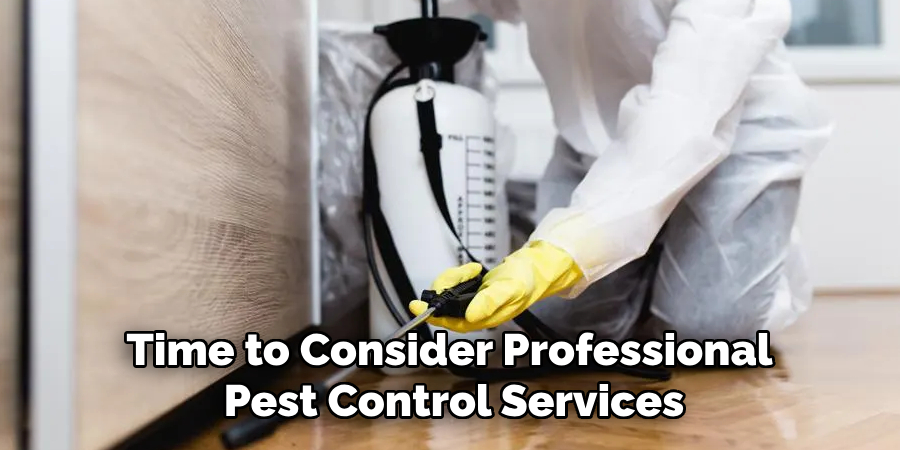
Conclusion
In conclusion, understanding “how did a mouse get in my bathtub” involves recognizing the various entry points and vulnerabilities within your home’s plumbing and drainage systems. By comprehensively inspecting and sealing potential gaps and ensuring that all plumbing fixtures are secure, you can create a robust barrier against mouse intrusion. It’s equally important to maintain a clean and clutter-free environment, use natural and chemical deterrents, and regularly monitor for signs of activity to prevent mice from taking residence.
Persisting vigilance and proactive preventive measures––from employing peppermint oil to setting traps––are crucial in maintaining a mouse-free bathroom. Remember that recurring issues may require professional assistance, but with diligence, you can significantly reduce the risk and enjoy a comfortable, hygienic living space.

